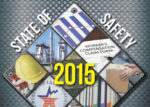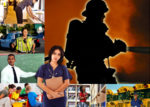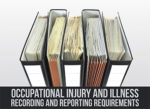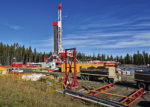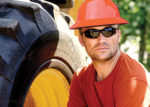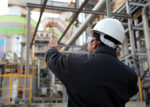Featured Stories
ARTICLES
FALLS UP; OVERALL INJURIES DOWN
BLS releases third report on 2013 injury data; same-level falls up
Read MoreHOUSE, SENATE PASS OSHA BUDGET AGREEMENT
House, Senate pass budget agreement giving slight bump to OSHA
Read MorePART TWO: OSHA RECORDKEEPING
More data, more problems?
A forthcoming rule may increase the amount and timeliness of injury data available to OSHA and the public. But stakeholders have concerns.
Read MoreOIL AND GAS EXTRACTION
'Fracking' and worker safety
U.S. oil boom is in full swing, as are questions about hazards
Read MoreWORKERS' COMPENSATION
Returning to work
Successful programs can help lower employer costs, including workers' compensation
Read MoreCHEMICAL FACILITY SAFETY
Inherently Safer Design
The concept gains attention as chemical facility incidents continue to occur
Read MorePART OF THE JOB?
Workplace violence in health care
Experts say 'part of the job' mindset needs to change
Read More'HOT BUTTON ISSUE'
Medical marijuana and workplace safety
Amid a flurry of new laws, more questions than answers exist
Read MoreWHAT IS A NEAR MISS?
Reporting near misses
Why are they important, and how can safety pros get employees involved?
Read More

